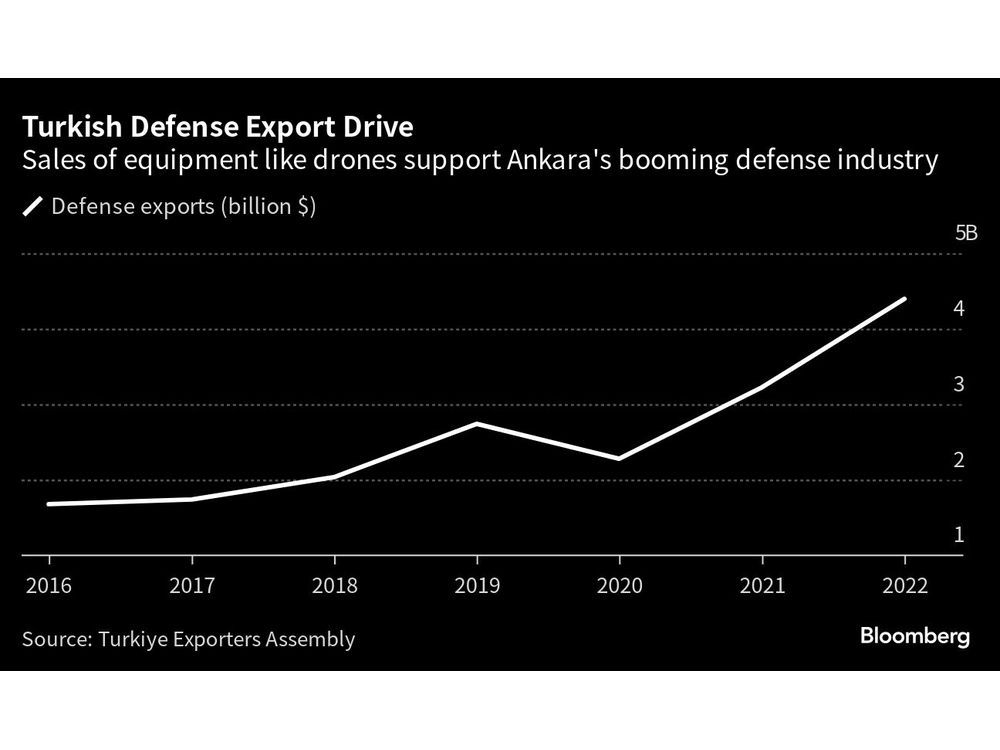Turkey-Earthquake: Emergency Situation Report (30.03.2023) – Türkiye
1. Situation overview:
A devastating earthquake of 7.8 on the Richter scale hit Southern Türkiye in the early hours of 6 February with its epicenter in the Pazarcık district of Kahramanmaras province. The earthquake affected the neighboring provinces of Adıyaman,
Hatay, Kahramanmaraş, Kilis, Osmaniye,
Gaziantep, Malatya, Şanlıurfa, Diyarbakır,
Elazığ and Adana where about 14 million people reside including about 1,8 million Syrian refugees1. A second major earthquake hit the region after 9 hours with 7.5 magnitude, causing further destruction of damaged buildings.
Aftershocks continue in the disaster area.
According to the statement of AFAD (Disaster and Emergency Management Presidency), 50,096 people have lost their lives and 107,204 people were injured. It was announced that 6,800 people of other nationalities, mostly Syrians, were among those who lost their lives2.
Support to Life (STL) published its previous Situation Report on 22 March. Below are listed a number of region-wide developments for the period of 22-30 March:
-
The International Organization for Migration (IOM) states that a total of 3 million people have been displaced by the disaster.
-
As of 27 March, formal education has resumed in certain districts of 4 provinces that were heavily affected by the earthquake. These provinces and districts are Adıyaman (Kahta, Gerger, Sincik, Samsat and Çelikhan), Hatay (Yayladağı, Altınözü, Erzin, Reyhanlı, Payas, Dörtyol and Arsuz), Kahramanmaraş (Andırın and Ekinözü) and Malatya (Arapgir, Arguvan, Kale, Pütürge, Doğanyol, Yazıhan, Darende and Hekimhan). 1,793 temporary learning spaces consisting of tents, containers or prefabricated schools were set up in 10 disaster-affected provinces.
-
According to a report by the Presidential Strategy and Budget Directorate, the total cost of the earthquakes on the Turkish economy is approximately 2 trillion liras ($103.6 billion). Housing damage accounts for more than half of this cost. The cost of the earthquake is reported to be 6 times higher than the cost of the 1999 Marmara earthquake4.
-
It is reported that about 2.3 million people live in temporary shelters in the earthquake zone, and about 1.6 million of this number live in informal shelters scattered all over the affected area.
-
The Food and Agriculture Organization of the United Nations (FAO) reported that the earthquakes caused $6.7 billion in losses and damage to crops, livestock, food stocks and agricultural infrastructure and assets5.
-
A new report by the International Labor Organization (ILO) shows the devastating impact of the earthquake on employment in the region. 4 million workers, including employers and shopkeepers, have been affected in the disaster zone, mostly in the sectors of agriculture, manufacturing and trade.
Around 220,000 workplaces are severely damaged or will be destroyed. The four provinces where the local labor market was most affected by the earthquakes are Malatya, Adıyaman, Hatay and Kahramanmaraş. There was a 16% drop in economic activity due to the earthquake. The report estimates that, without new livelihoods, a disaster-affected worker will lose an average of 4,351 Turkish Lira (US$ 230.6) per month. -
As of 30 March 23, the United Nations’ Flash Appeal for $1 billion in aid for the disaster area was covered by 26.6%.
-
Support to Life (STL) continues its emergency response in 12 provinces, including Hatay, Adıyaman,
Kahramanmaraş, Diyarbakır, Şanlıurfa, Batman and Adana, as well as Mardin, Mersin, Ankara, İzmir and İstanbul. STL is operational in the shelter/non-food needs (NFI), food security and livelihoods (FSL), water, sanitation and hygiene (WASH), education, temporary settlement support, mental health and psychological support (MHPSS) and protection sectors. STL plans to intervene in Malatya soon.




